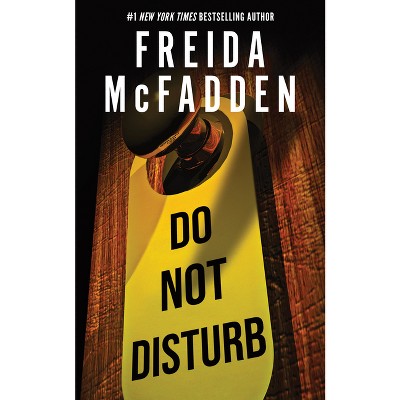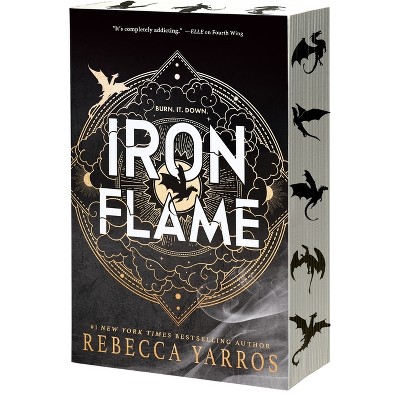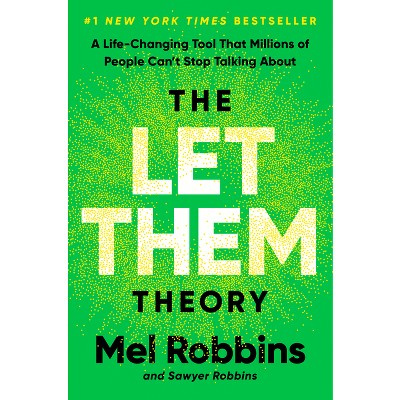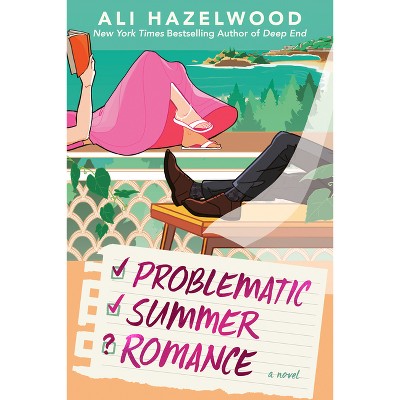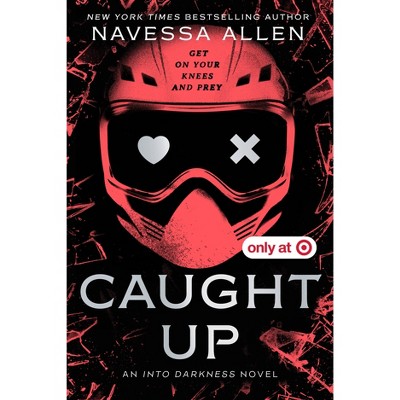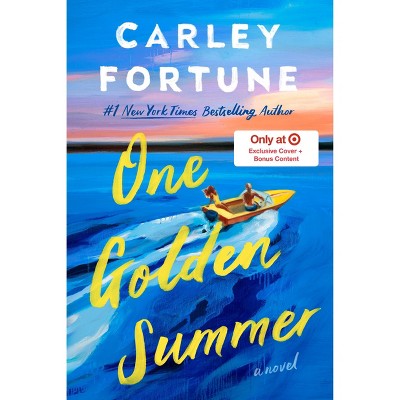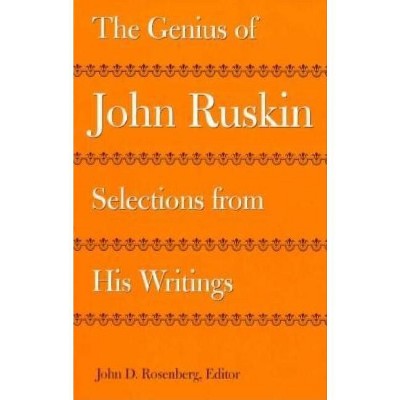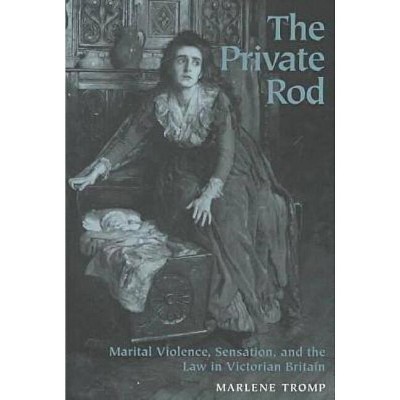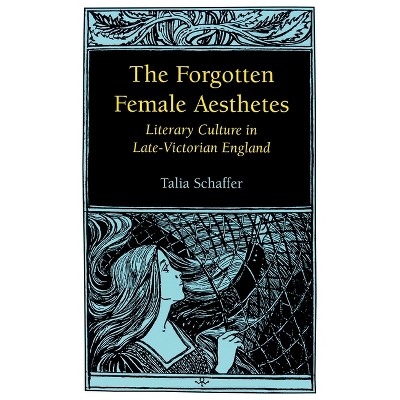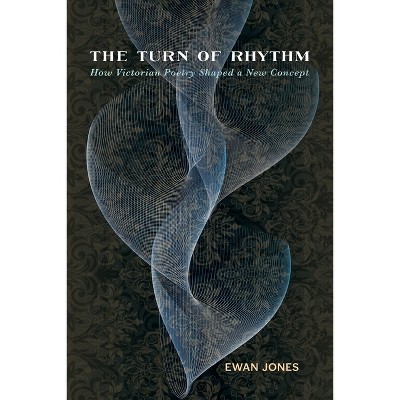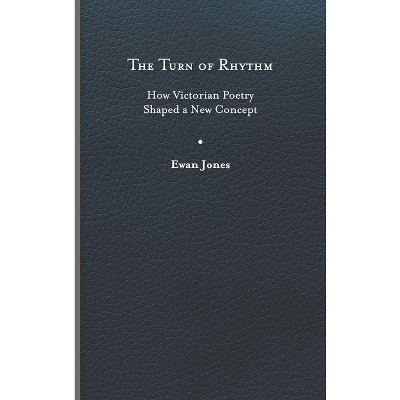Reading with the Senses in Victorian Literature and Science - (Victorian Literature & Culture (Hardcover)) by David Sweeney Coombs (Hardcover)

About this item
Highlights
- The nineteenth-century sciences cleaved sensory experience into two separate realms: the bodily physics of sensation and the mental activity of perception.
- About the Author: David Sweeney Coombs is Assistant Professor of English at Clemson University.
- 240 Pages
- Literary Criticism, European
- Series Name: Victorian Literature & Culture (Hardcover)
Description
About the Book
Examining novels and art criticism by George Eliot, Thomas Hardy, Vernon Lee, and Walter Pater alongside scientific works by Hermann von Helmholtz, William James, and others, this book shows how Victorian literature offers us ways not just to touch but to grapple with the material realities that Clifford Geertz called the hard surfaces of life.
Book Synopsis
The nineteenth-century sciences cleaved sensory experience into two separate realms: the bodily physics of sensation and the mental activity of perception. This division into two discrete categories was foundational to Victorian physics, physiology, and experimental psychology. As David Sweeney Coombs reveals, however, it was equally important to Victorian novelists, aesthetes, and critics, for whom the distinction between sensation and perception promised the key to understanding literature's seemingly magical power to conjure up tastes, sights, touches, and sounds from the austere medium of print. In Victorian literature, science, and philosophy, the parallel between reading and perceiving gave rise to momentous debates about description as a mode of knowledge as well as how, and even whether, reading about the world differs from experiencing it firsthand.
Examining novels and art criticism by George Eliot, Thomas Hardy, Vernon Lee, and Walter Pater alongside scientific works by Hermann von Helmholtz, William James, and others, this book shows how Victorian literature offers us ways not just to touch but to grapple with the material realities that Clifford Geertz called the "hard surfaces of life."
Review Quotes
"Written in a lucid, engaging style, this eloquent and deeply researched study demonstrates a powerful grasp of the role nineteenth-century language philosophy and physiology played in shaping how literature and art criticism considered their basic materials--language, art, and perception."
--Devin Griffiths, University of Southern California, author of The Age of Analogy: Science and Literature between the DarwinsA gracious book, one that...invites its readers to revisit a particular text, or other work of art, or to pick up a hint and take it further. Coombs has provided an argument, but also a map for further inquiry, whether one's interest lies primarily in Victorian culture or, more broadly, in how we read, how we see and hear, how we respond, and how we love what we do. Or all the above.
-- "Victorian Web"At its best, this book gives our reading eyes a world of ideas about reading literature. While prompting us to enter, "as if always in the midst of things," it also leads us outward to re-imagine the relation between literature and the world--and to see why literature always matters, most especially now.
-- "Review 19"Excellently written and impressively researched, this book makes a singular contribution to intellectual history. Coombs is a superb explicator of Victorian science's tangled debates, and he makes them feel urgent--not least by showing that they provide a crucial genealogy for our current debates over literary critical method.
--David Kurnick, Rutgers University, author of Empty Houses: Theatrical Failure and the NovelPerception, bodily or imaginative, empirical or symbolic, forms the central preoccupation in this study of ways of knowing in the interplay of Victorian science, philosophy, art, and literature.... Building on the critical efforts of Nicholas Dames, Benjamin Morgan, Henry James, Georg Lukács, Elaine Auyoung, Mary Favret, John Stuart Mill, et al., Coombs interrogates works by George Eliot, Thomas Hardy, Vernon Lee, and Walter Pater in terms of how Victorian writers "came to understand reading and perception as experiences of irreducible complexity."... Summing Up: Recommended. Upper-division undergraduates through faculty.
-- "CHOICE"Reading with the Senses in Victorian Literature and Science is a timely contribution to the present debate about critical reading methodology. The book offers a model of descriptive criticism, a treasure chest that holds explanations of multifaceted Victorian contexts.
-- "Nineteenth-Century Literature"About the Author
David Sweeney Coombs is Assistant Professor of English at Clemson University.
Shipping details
Return details
Trending Fiction
